Industrial Real Estate’s Future Depends on Adaptability
Navigating a tenant-favorable sector will require new tactics. Here's what to expect.
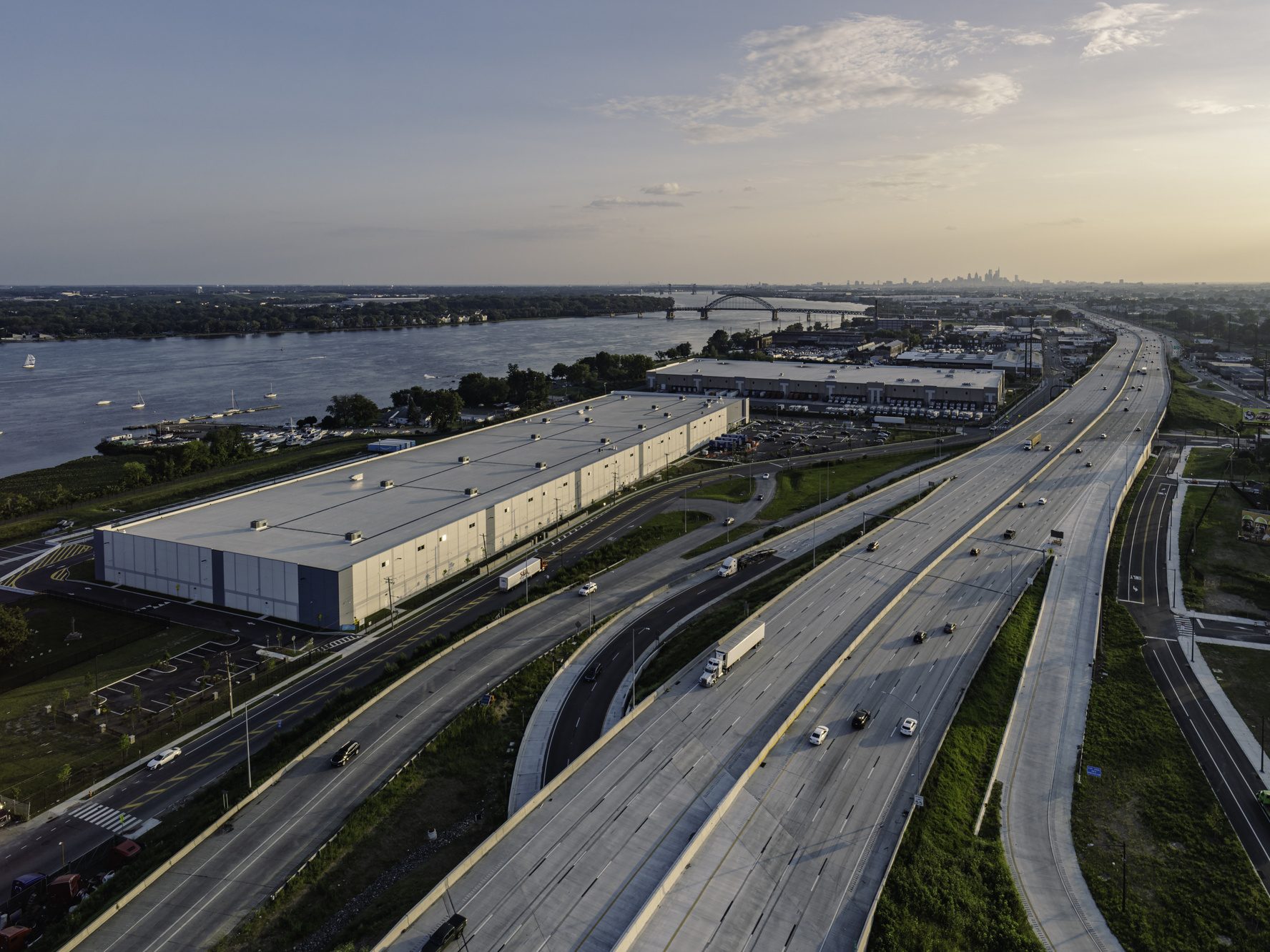
On the heels of outsized development that started in the pandemic and trailed off last year, industrial real estate investors and owners must now position themselves for the next stage of growth, challenged by high vacancies and growing tenant expectations.
Most of the issues that industrial owners and developers need to deal with today stem from a few years ago. From 2022 to 2023, more than 1.1 billion square feet of industrial space came online in the U.S. To put into perspective how enormous this volume was, the 330.7 million square feet completed in 2024 through November was still more than every year over the past 100 years prior to 2020, the latest CommercialEdge report shows.
This supply boom is what’s keeping vacancy rates elevated today. Overall, vacancy stood at 7.5 percent in November, way above the 4 to 2 percent range from three years ago, the same source shows.
On the plus side, tenants have much more high-quality product to choose from and this isn’t expected to change anytime soon due to the ongoing success of e-commerce, as well as reshoring and manufacturing.
Industrial sector’s tenant-favorable start to 2025
Decision-making around leasing is taking longer due to macroeconomic uncertainties, while maximizing logistics efficiency is resulting in footprint consolidations, leaving even more space empty as new supply outstrips net absorption. This focus on logistics efficiency will likely be a major trend for the industrial sector in 2025 and beyond. Businesses are prioritizing the efficiency of their transportation networks, access to infrastructure and proximity to consumers over securing lower rates in strategic locations, Executive Vice President & Head of Leasing and Customer Solutions at Link Logistics, Brandon Page, told Commercial Property Executive.
Nationwide, rents grew just 6.9 percent over a 12-month basis through November, the same CommercialEdge report shows, and industrial owners are expecting lower levels of construction this year to eventually lead to further rental stabilization, especially in the second half of 2025 as more space becomes absorbed. Page believes that users will continue to seek high-quality, well-located assets in infill locations as they continue to focus on optimizing their supply chains.
READ ALSO: Industrial Demand Slips, But Avoids a Slump
Several markets across the U.S. are poised for success, albeit for different reasons, given this context. Continued population growth across the Sun Belt, for example, will benefit markets like Dallas-Fort Worth, Atlanta, Nashville, Tenn., along with South Florida. On the other hand, regions like Chicago, Austin, Texas, and the Carolinas are bright spots that will benefit from the increase in domestic manufacturing.
With so much supply on the market, speculative development is expected to taper off. Speculative industrial development accounted for more than 80 percent of all deliveries through the first three quarters of 2023, with a similar trend occurring last year as well, according to Cushman & Wakefield Senior Director for Americas & Head of Logistics and Industrial Research Jason Price. The upward pressure on vacancy, coupled with the higher cost of capital, led to 2024 being the tail end of this outsized activity, as new starts fell sharply.
Despite all this, speculative development is not totally out of the cards for Prologis, the company’s Global Head of Research Melinda McLaughlin said. Nevertheless, activity will remain selective, targeting high-demand locations with minimal availabilities and competition. Companies that have significant land bank positions will be able to capitalize most on this, as economic conditions improve.
Reshoring, manufacturing growth will be a net positive
Flex industrial, manufacturing and R&D spaces are the most sought-after asset types by investors, according to surveys published by PwC and ULI in their Emerging Trends in Real Estate 2025 report. Although land availability and operational cost challenges led to a slower pace of onshoring, this will continue to be a main driver for industrial in 2025 and beyond.
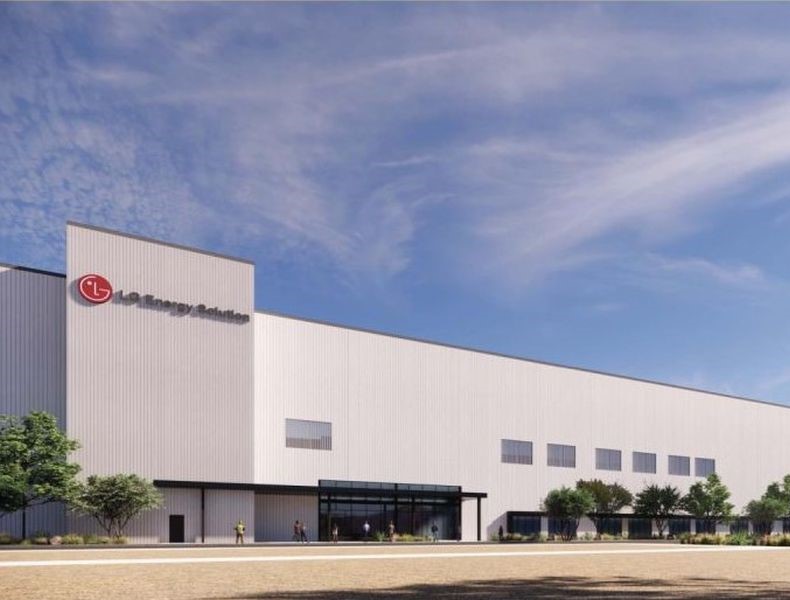
In the Sun Belt and Midwest, clean energy manufacturing projects are expected to continue to grow. Proximity to key infrastructure—ports, rail and other major transportation hubs—along with access to essential materials, skilled workforces and suppliers are what attract manufacturers to these regions. The nature of production makes it more likely that these facilities are owner-occupied and thus removed from the competitive stack, noted McLaughlin. However, these create a spillover effect, spurring the growth of supplier networks that need to be nearby.
After location, the second-most important consideration in both leasing and development will be power availability, especially in the case of manufacturing, the PwC/ULI report highlighted. In this aspect, industrial real estate will increasingly compete with the data center sector, especially in regions like California, Nevada and Phoenix, where access to power is a growing barrier to entry.
Investments in automation, sustainability to ramp up
Electricity and water requirements are also tied to the growing popularity of automation, robotics and supply chain visualization technologies. Automation remains a significant capital improvement, but only a few groups are able to leverage it within their facilities. Over time, costs associated with this are expected to decrease, while operational efficiency will grow, making automation more accessible for warehouse users, according to Page.
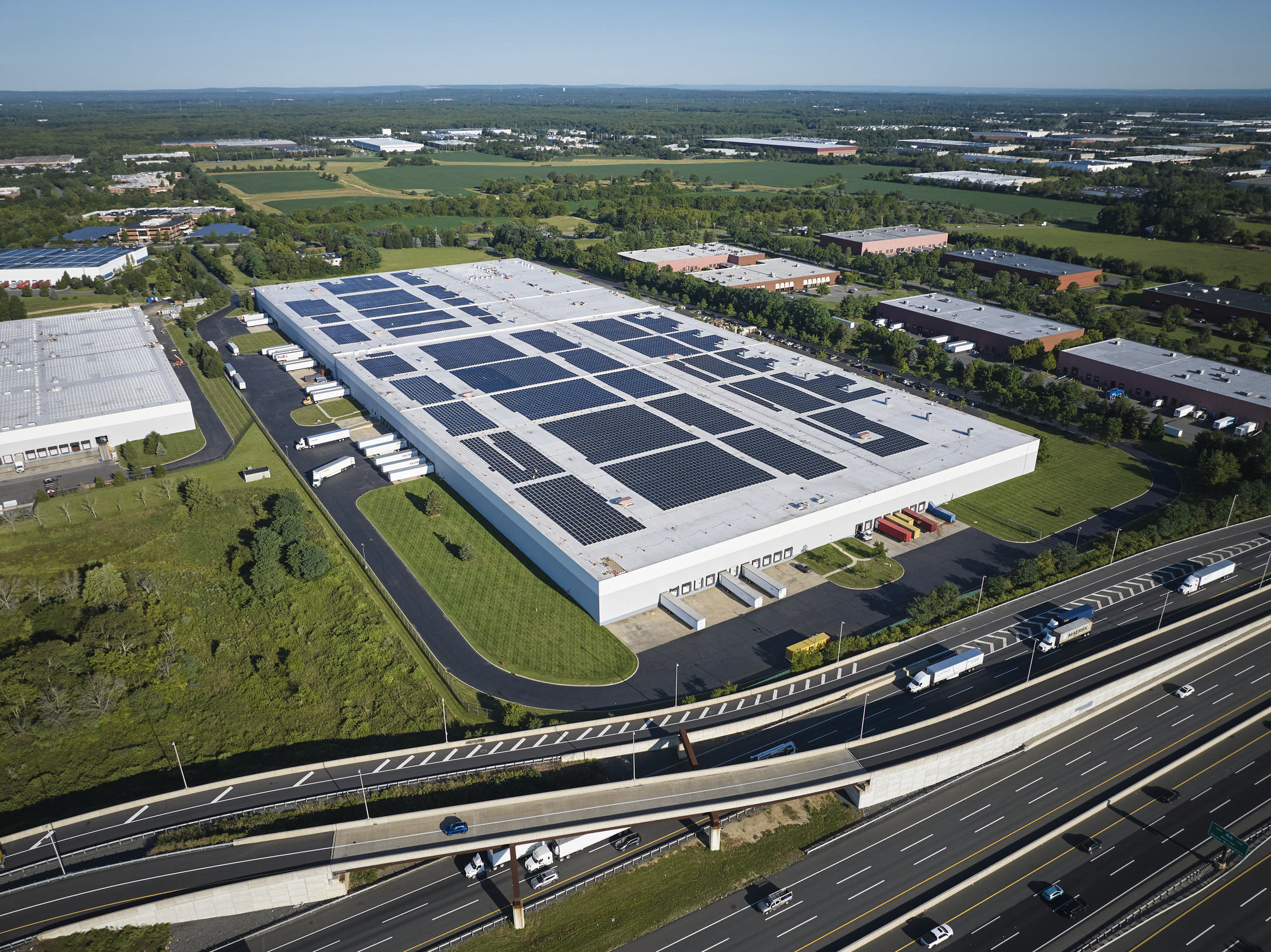
Growing power requirements make it imperative for the sector to continue investing in renewables and sustainable building practices. At least 40 percent of industrial users are implementing net-zero goals, McLaughlin said.
Innovations like net-zero-ready facilities, rooftop solar and the electrification of logistics fleets—which in turn creates more demand for EV battery production—will play central roles going forward. The financial returns on sustainability, from direct investment and energy cost savings to indirect ones like customer retention and alignment with investor expectations, will far outweigh the short-term challenges.
As the industrial sector grows and evolves, developers and providers that can foster collaborative relationships with customers will stay ahead of the competition. The inevitable recovery in leasing activity will depend on smart growth, with sustainability and digitization as key differentiators in navigating global supply chain dynamics.

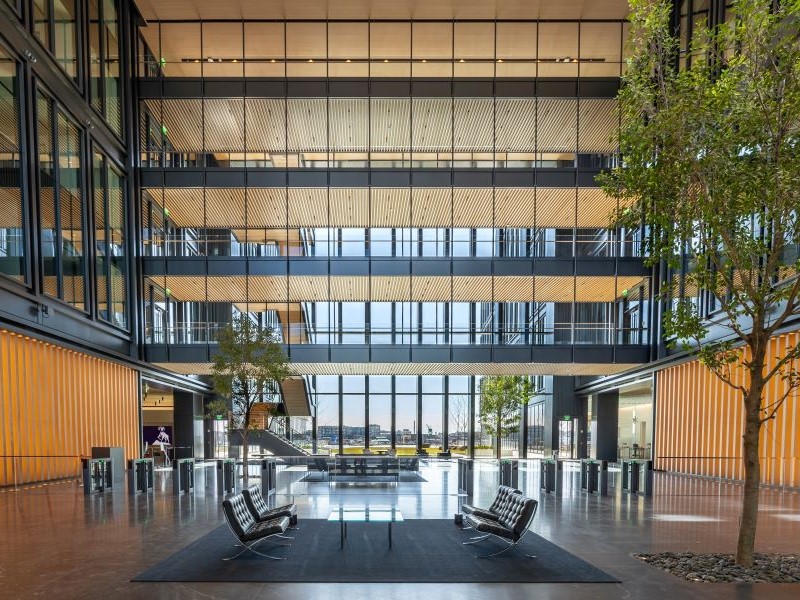
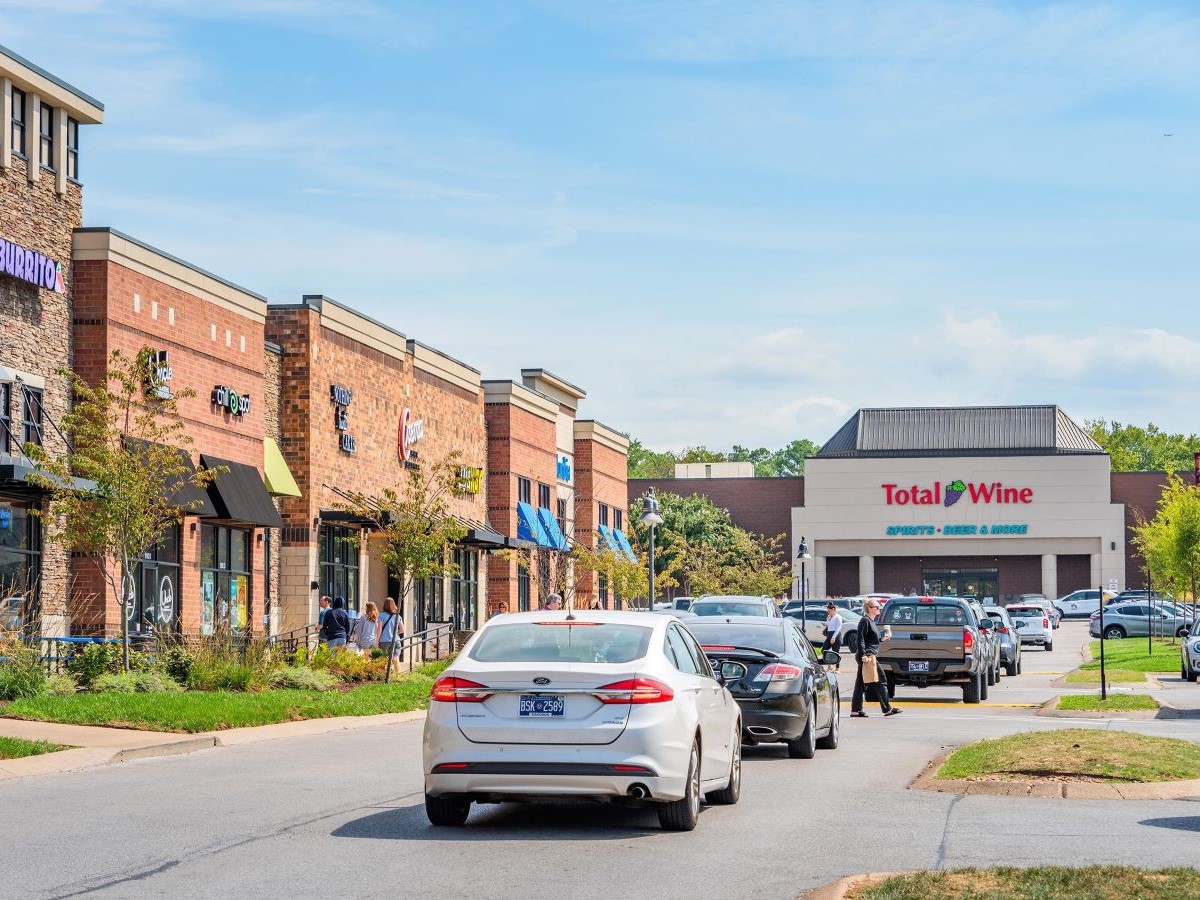



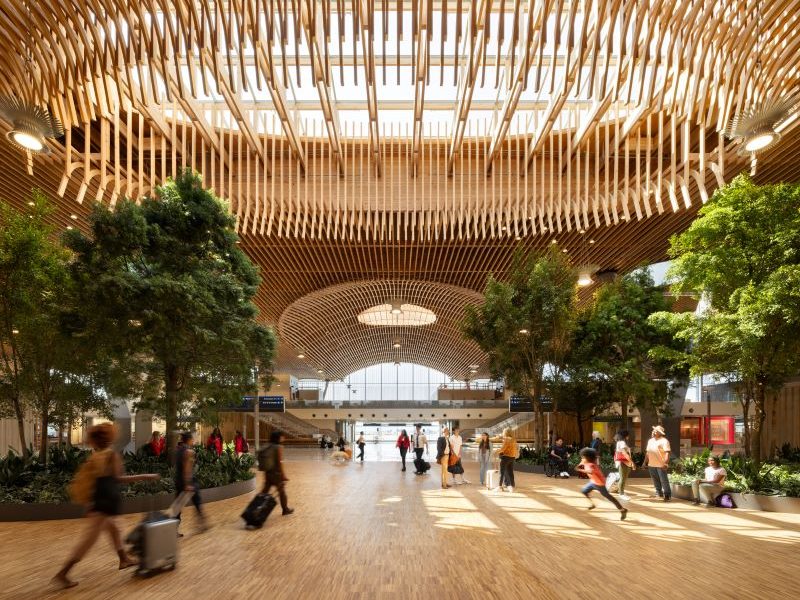
You must be logged in to post a comment.